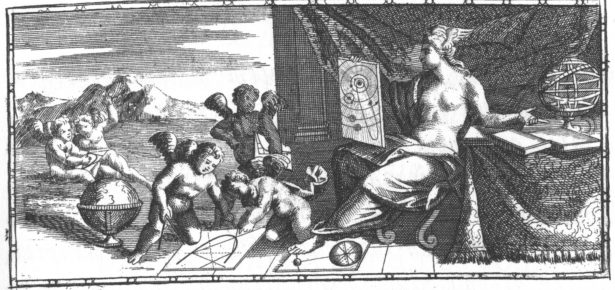
Debate concerning anachronism has long vexed historical interpretation. Forms of anachronism are often declared the greatest failure, almost a moral sin, that a historian can commit. Yet, many have spoken in favor of anachronism, considering it either as an inevitable, or even as a desirable feature of an historical work. Historians, anthropologists, literary critics, historians of science, and historians of mathematics, have debated this issue, sometimes in polemic terms. The purpose of this book is to gather some leading historians of mathematics to reflect on the use and abuse of anachronism in the historical study of the mathematical sciences.
Of all scientific disciplines, mathematics is the one that displays the most enduring elements of continuity through ages and cultures. So much so that the German mathematician Hermann Hankel could, and not without reason, write: ‘In most sciences one generation tears down what another has built, and what one has established another undoes. In mathematics alone each generation builds a new storey to the old structure’. This often-quoted statement implies that as historians of mathematics we can translate past mathematical texts into contemporary language with a degree of success and scope unknown to historians of, say, medicine or chemistry. It would be unjustified to deny the historian mathematics such a possibility of translation, of familiarity with past texts: after all such possibility and familiarity are historical facts. However, we recognize that the greatest masters in history, also in the history of mathematics, have achieved more convincing interpretations exactly because they taught us how to ‘see the differences’ between past and present. Christine Proust, one of the great experts in the field, puts it beautifully:
The mathematics of Mesopotamia is the most ancient which has been transmitted to us. These texts, written on clay tablets in cuneiform symbols, deal with mathematical objects familiar to us, such as numbers, units of measurement, areas, volumes, arithmetical operations, linear and quadratic problems, or algorithms. However, when we look more closely, these familiar objects, reveal strange features on the clay tablets.
Another eminent of mathematics Henk Bos similarly states:
Recognition makes it possible to distinguish historical events and thus initiates the link of past to present. If recognition or affinity is absent, earlier events can hardly, if at all, be historically described. Wonder, on the other hand, is indispensable too. The unexpected, the essentially different nature of occurrences in the past excites the interest and raises the expectation that something can be discovered and learned. History studied without wonder reduces itself to a mere listing of recognizable past events, which differ from what is familiar only by having another date.
Anachronism, indeed, comes in several versions, some vicious, other virtuous. How can we strike a balance between recognition and wonder, between a study of the similarities of the past with the present and a realization that the past is alien from the present, that is a ‘foreign country’, as Lowenthal puts it? The authors of this book try an answer to these questions by adopting a bottom-up approach, which is to say by offering the reader a rich palette of historical cases, taken from European and non-European (Chinese and Indian) history.
References
Latest Comments
Have your say!